#browndwarf
Text

This artist’s impression shows the disc of gas and cosmic dust around a brown dwarf.
Rocky planets are thought to form through the random collision and sticking together of what are initially microscopic particles in the disc of material around a star. These tiny grains, known as cosmic dust, are similar to very fine soot or sand. Astronomers using the Atacama Large Millimeter/submillimeter Array (ALMA) have for the first time found that the outer region of a dusty disc encircling a brown dwarf — a star-like object, but one too small to shine brightly like a star — also contains millimetre-sized solid grains like those found in denser discs around newborn stars. The surprising finding challenges theories of how rocky, Earth-scale planets form, and suggests that rocky planets may be even more common in the Universe than expected.
Credit: ALMA (ESO/NAOJ/NRAO)/M. Kornmesser (ESO)
778 notes
·
View notes
Photo
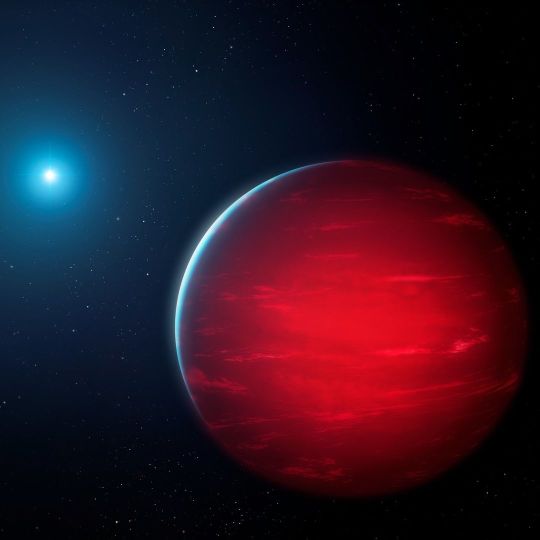
🚨#NewResearch alert! A recent study co-authored by Museum Senior Research Scientist Jackie Faherty highlights 34 “ultracool” dwarfs, also known as brown dwarfs, that were discovered by a citizen scientist from the Backyard Worlds: Planet 9 citizen science project. 🔭Brown dwarfs are star-like, with more mass than planets but less mass than stars, which makes them much harder to spot. The question of how often stars exist alone is an enduring question in the field of astronomy, and for brown dwarfs, the answer to this question is especially elusive. But these discoveries could help astronomers determine if brown dwarfs are more akin to oversized planets or undersized stars, as well as providing insights into how star systems evolve over time. Read more about their findings in the link in our bio! Image: NOIRLab/NSF/AURA/M. Garlick #research #STEM #science #space #astronomy #CitizenScience #CitizenScientist #amnh #museums #BackyardWorlds #planets #stars #BrownDwarf https://www.instagram.com/p/CfuM79VPTmz/?igshid=NGJjMDIxMWI=
#newresearch#research#stem#science#space#astronomy#citizenscience#citizenscientist#amnh#museums#backyardworlds#planets#stars#browndwarf
208 notes
·
View notes
Text

Brown Dwarf Outpost:
A Brown Dwarf system in the outskirts of the Empyrean galaxy that serves as an outpost for the Chrononite Empire. The system consists of a ringed brown dwarf named Pravum and an orbiting terrestrial planet the size of Mars named Portem. Due to its great distance from any other colonised systems and lack of notable natural qualities, this system is of little interest to the empire and receives weak governance as a result, making it one of the most liberal places within the Empyrean galaxy. The system has become a safe haven for those who would be persecuted elsewhere in the galaxy, which remains unknown to the Chrononites, as the larger empire rarely bothers to check in on its torpid outermost colony.
The system is ruled by Inferstella Pravum and Chief Portem, named for their respective territories. The two rulers and their subordinates turn a blind eye to the dissenters residing within the system, as they have little interest in the will of the large scale Chrononite empire, so are happy to let these inhabitants live their lives in peace.
#cosmos#gasgiant#spacecolony#star#browndwarf#pravum#portem#redpalatte#astrophysics#spaceart#worldbuilding#colonyworld
0 notes
Video
youtube
Unraveling the Mystery of the Aurora Borealis. What is the surprising discovery on the dark, isolated brown dwarf W1935?
An aurora that was thought to belong only to planets orbiting a star,
discovered in an isolated brown dwarf known as W1935.
This groundbreaking observation marks the first time that an aurora has been detected in a starless object.
This marks the first time an aurora has been detected in a non-stellar object.
The state-of-the-art James Webb Space Telescope,
these celestial objects and explore the intriguing mysteries surrounding their genesis.
From charged particle collisions to mysterious infrared radiation phenomena,
secrets of the aurora borealis and newly discovered objects deep within the universe,
The exhibition reveals the existence of the aurora borealis.
Uncover the mysteries of extraterrestrial auroras,
Don't miss this extraordinary journey into the unknown!
0:00 What is a brown dwarf?
1:05 What is the unexpected discovery of W1935
1:48 The Mechanism of Aurora Occurrence
3:15 Methane Emission in the Atmosphere
3:40 Testing Hypotheses for Causes
4:10 The WISE Satellite and W2220
5:00 Mysterious Methane Emission Phenomena
6:10 Mysteries of Jupiter and Saturn's Auroras
7:00 New Interpretation of Auroral Sources
⭐️Subscribe to our channel at⭐️
https://www.youtube.com/@soranohoshi
🎬Coveted Goods and Movies 🎬
Some links below contain affiliate [PR].
-------------------------------------------------
PR] Aurora Watching Guide to the Mysteries of the Universe
https://a.r10.to/hNUWjd
PR】Ripple Beer Glass 360ml ( Infinite / Gold )
Space development technology × Craftsmanship] PROGRESS Titanium Glass
Japanese traditional craft Aurora Insta-view
https://a.r10.to/hkUXtF
PR]Aurora Oval Solar Radio-controlled Watch Casio G-Shock Limited Edition
https://a.r10.to/hNun7j
0 notes
Photo

Brown Dwarfs, well they are not actually brown as that's not a color that any stellar body has. These are stellar bodies that are between 13 Jupiter masses to 75 Jupiter masses. There are three types, L,T,Y. Y Brown Dwarfs are the coolest of the group. Only 17 have been identified. The surface temperature is between 250K to 500K. The first Y dwarf was discovered by the WISE telescope and the coldest Y dwarf found so far has a surface temperature of less than 23 C or 80 F. Since no visible Y dwarf has been seen, the magenta color is a guess. *Disclaimer, they are NOT failed stars. Calling them that makes me rage.* #space #browndwarf #ydwarfs #astronomy #astronomyfacts (at Space) https://www.instagram.com/p/CDif50vJRw5/?igshid=4u7ekkwyg9zl
1 note
·
View note
Text
More fun with Mesa
This is a 0.050 solar mass brown dwarf with an effective temperature of 600K and log g = 4.75 from MESA. The circles show the pre-computed boundary conditions in the deep atmosphere (tau=100) which I believe are from the COND (Allard et al.) models for 600K and log g = 5.0 and 4.5. The interior model runs between them as you’d expect for an interpolation. I’ve also plotted two atmosphere models from the Sonora 2018 family; these are also 600K.Here it’s the log g = 5.0 model that seems to line up perfectly with the interior model. So there’s a slight offset, but with different physics and newer opacities I don’t think that’s surprising. A wise astronomer would read the papers to understand this better; I’ve posted this and will read later.


0 notes
Note
Can you name a few planets where it rains things? I was telling my little sister how it rains neon on Jupiter and she wants to know more.
Hello, we can find other types of rain not only on other planets, but also on moons and even brown dwarfs.
For example because of the high temperature some brown dwarfs can raining molten-iron.
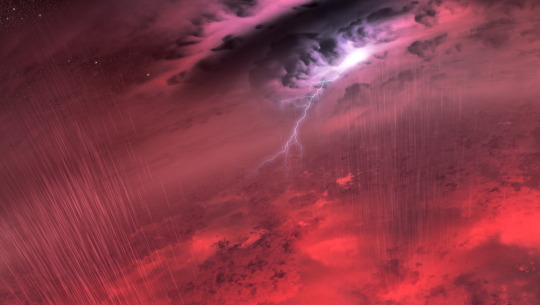
and there is also rain of hydrocarbons (methane and liquid ethane) on Saturn’s moon Titan.
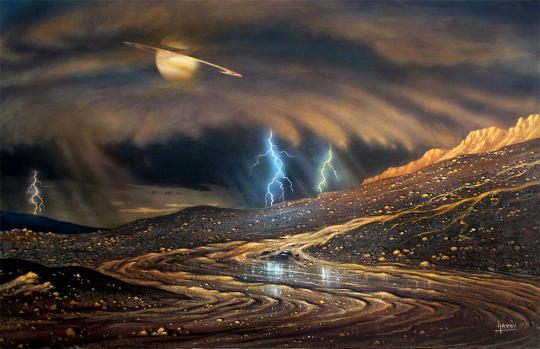
We can also mention diamond rain in Neptune, sulfuric acid rain on Venus and rain of glass on the exoplanet HD 189733b.
Below I will leave some links to that:
Sulfuric acid rain on Venus
Diamond Rain in Neptune
Rain of glass on exoplanet HD 189733b
Images credit: NASA/JPL-Caltech/University of Western Ontario/Stony Brook University & David A. Hardy (AstroArt)
2K notes
·
View notes
Photo
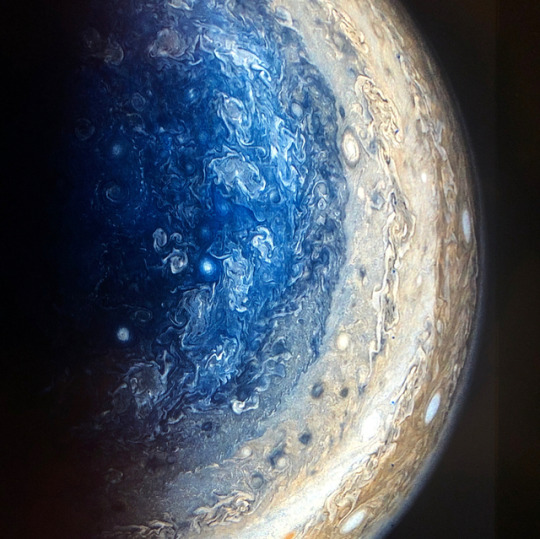
Jupiter is out tonight. It has been for the last month. 4 moons are visible with just binoculars. These photos are from the Juno spacecraft NASA. #astronomy #texture #detail #storm #theuniverse #seattleartist #pnwartist #mysticgod #ancientbeing #star #browndwarf #2001 (at Seattle, Washington)
#detail#theuniverse#texture#ancientbeing#star#2001#storm#seattleartist#pnwartist#astronomy#browndwarf#mysticgod
0 notes
Photo

#space #spaceexploration #browndwarf #spacejunkie #spacegeek #lisbon #Portugal #earth #milkyway #photography #all_shots_ #photooftheday #instagoodmyphoto #instaspace #instacool #igers http://spacetodaypt.wordpress.com
#instacool#milkyway#spacejunkie#igers#photooftheday#spaceexploration#all_shots_#spacegeek#lisbon#photography#instagoodmyphoto#space#browndwarf#earth#instaspace#portugal
0 notes
Photo

On our travels through Oro Grande, NM, we couldn't help but notice the heavens are full of curious wonders... 8:21am and the sky looks as so. .. It looks quite peculiar. #whatdoyousee #orograndenm #orogrande #newmexico #nm #skies #heavens #somethingcuriousthiswaycomes #pineypods #storybrook #storybrookcrest #crest #coulditbe #browndwarf #dwarf #nibiru #planetx #planet10 #x #wormwood #destroyer #redkachina #tinyhouse #condominium #residence #realestate #lookup https://drive.google.com/folderview?id=0B-uEHU9EQH04TmtpcE9Pd2haQUE (at Oro Grande, nm check point)
#planet10#tinyhouse#wormwood#nibiru#whatdoyousee#pineypods#orogrande#heavens#planetx#redkachina#nm#destroyer#lookup#crest#skies#dwarf#storybrookcrest#coulditbe#residence#browndwarf#orograndenm#storybrook#condominium#somethingcuriousthiswaycomes#x#newmexico#realestate
0 notes
Photo
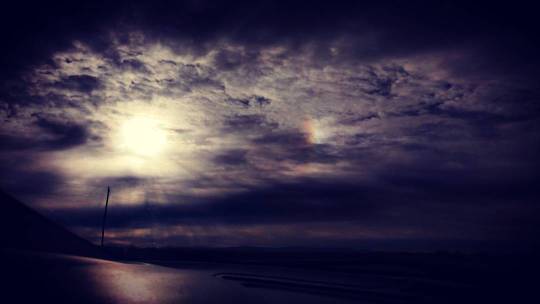
On our travels we couldn't help but notice the heavens are full of curious wonders... 8:21am and the sky looks as so. .. #whatdoyousee #canitbe #alamogordo #skies #heavens #somethingcuriousthiswaycomes #pineypods #storybrook #storybrookcrest #crest #browndwarf #dwarf #nibiru #planetx #planet10 #x #wormwood #destroyer #redkochina #tinyhouse #condominium #residence # realestate #lookup (at Alamogordo, New Mexico)
#planet10#tinyhouse#wormwood#nibiru#whatdoyousee#pineypods#heavens#planetx#destroyer#alamogordo#lookup#crest#skies#dwarf#redkochina#storybrookcrest#residence#browndwarf#storybrook#condominium#canitbe#somethingcuriousthiswaycomes#x
0 notes
Photo

This is the constellation Virgo waiting to give birth to King Planet Jupiter on #September23 ??? #september232017 #september23rd #prophecy #Revelations #apocalypse #nibiru #nibirunears #greatdragon #reddragon #nemesis #SkyWatcher #googlesky #browndwarf #reddwarf #binarytwins #twosuns #Virgo #TheEndOfDays #whataretheyhiding #jupiter #planetaryalignment #planets #thesign
#planets#binarytwins#reddragon#thesign#whataretheyhiding#twosuns#revelations#googlesky#greatdragon#nemesis#jupiter#nibiru#reddwarf#apocalypse#september23rd#theendofdays#browndwarf#september23#skywatcher#virgo#september232017#prophecy#nibirunears#planetaryalignment
0 notes
Photo

Today I had one Zoom meeting for a possible space telescope (neat!), another for the UD Data Science Symposium, and during both I got Mesa working. Admittedly, I’ve done this before, but I want to look more at brown dwarfs. The attached figure is the brown dwarf test suite model showing density and pressure when it is old. The black/yellow curve is the actual brown dwarf and for fun I’ve also plotted polytopes of index n=1.5 (red) and n=1.0 (blue) normalized at the lowest density model point. As promised by Burrows and Liebert (1993), the n=1.5 polytope is at least in the right ballpark.
0 notes

